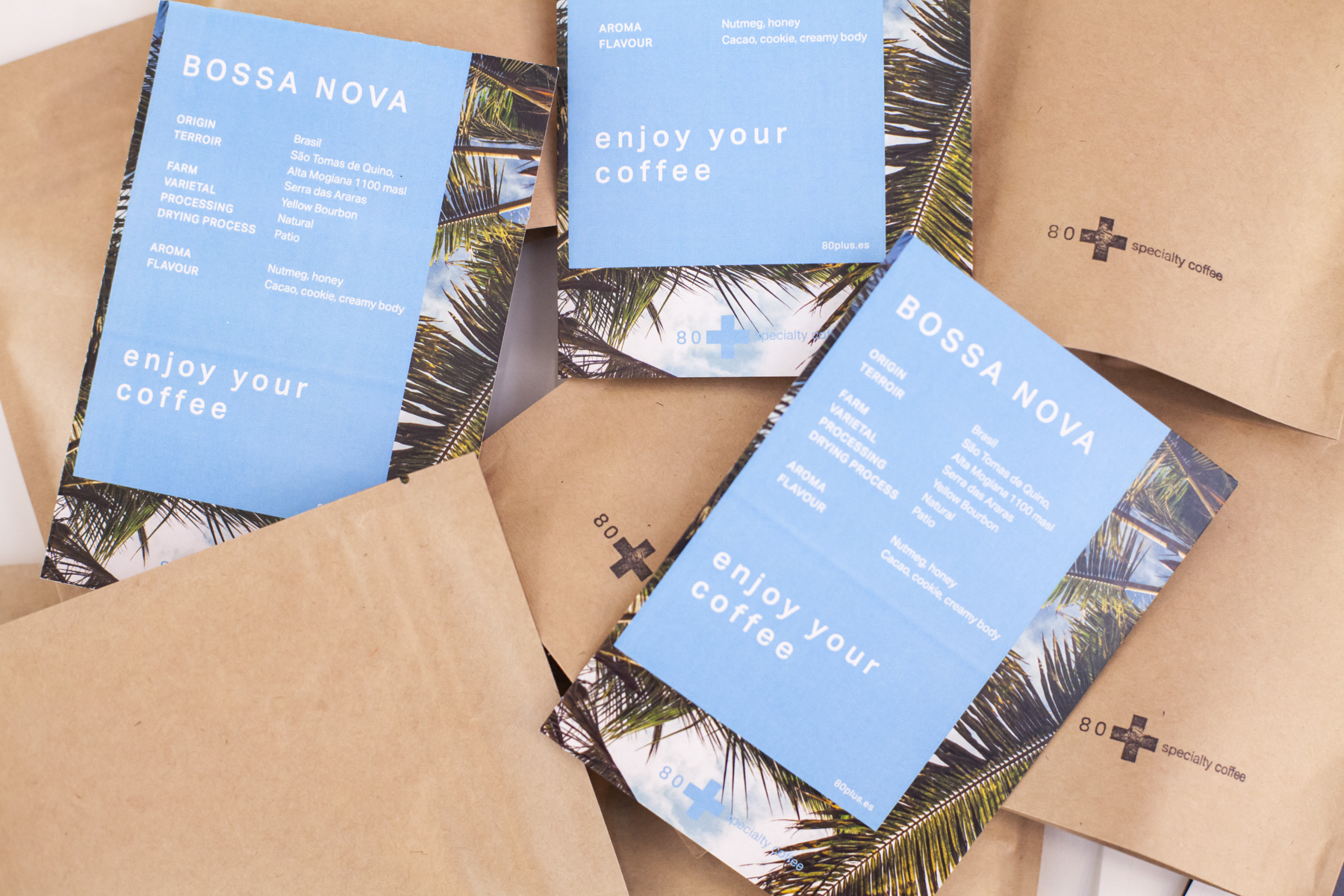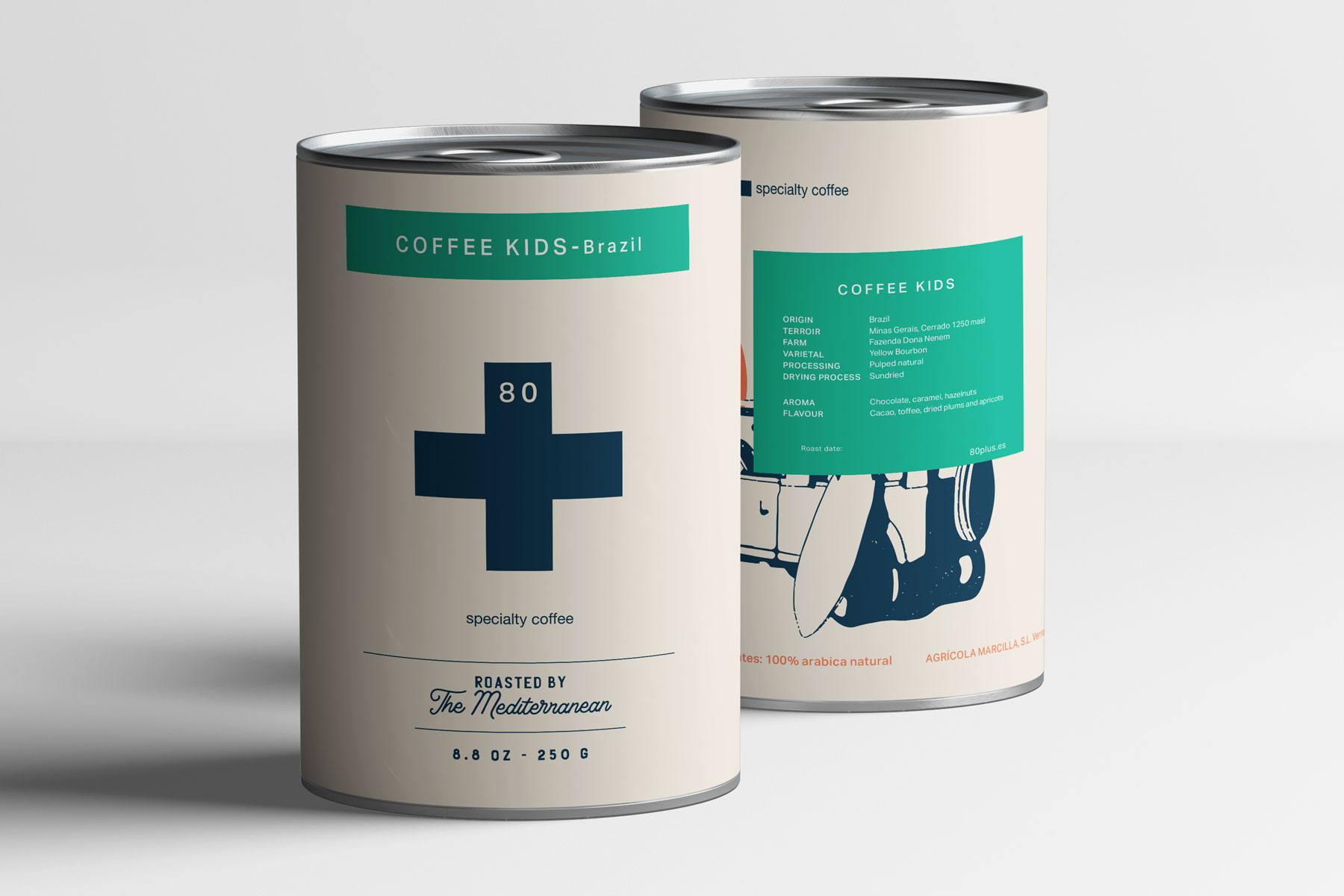HOW TO READ A COFFEE LABEL?
Have you ever looked at a coffee label and thought “Wow, this is confusing!”? Well, we are here to help you with a two important points that might ease your next coffee purchase.
ORIGIN – this is a very good indicator of what kind of aromatic profile you can expect from the coffee, because most countries still have a specific and strong tradition of producing coffee in a certain way, for example, most coffees from Brasil or from Yemen will be natural coffees, or most coffees from Central America will be washed.
Some typical notes for coffees from specific origins:
Brazil – because of medium cultivation heights, just above 1000 meters above sea level and the tradition to do natural process coffees or natural pulped coffees, most coffees from Brazil will present very pleasant characteristics for extractions in espresso:
Good body • Low or no acidity • Chocolate and dried fruit notes
Kenia, Rwanda, Burundi, Tanzania – these coffees will be washed for most of the time, and come from higher altitudes. They are excellent in filter for their:
Bright and crisp acidity • Red fruit flavour • Green or sun-dried tomato flavour
Ethiopia – coffees from Ethiopia traditionally can be either washed or natural. They always present their signature notes:
Bergamot and jasmin flavours • Winey character in natural processes • Light tea-like character in washed processes
Central American – coffees from Nicaragua, Mexico, Guatemala and Honduras traditionally have some very similar traits as they come from similar altitudes and are mostly washed:
Green bell pepper and grassy notes • Light citric character
Colombia – there are so many microclimates on the hilltops of Colombia where coffee is grown, so flavours could be quite varied, even though the traditional processing method is one and it is the washed process. Flavour characteristics:
Citrus fruit • Floreal notes • Sweet sugary panela notes
Southeast Asia – here the climate is pretty humid for the most part of the year, that’s why in Indonesia in Sumatra, for example, semi-washed process is used where the mucilage is taken off completely right after harvest to help speed the drying of the beans, that’s why coffees tend to have:
Medium body • Spicy and earthy notes
PROCESSING – coffee processing is how the producers get the bean out of the coffee cherry ready to be exported and roasted. Each process gives a more distinct taste profile thanks to the chemical, enzymatic and microbial activity that take place during processing.
Washed process – the skins of the cherries are removed and coffee is fermented in tanks of water. Depending on the country and availability of water, more or less of it can be used for this process. The characteristics that will be present in washed coffees:
Citric and fresh fruit flavours • Medium to light body • Medium-high to high acidity
Natural process – the cherries will be dried directly as they are. Once the cherries are completely dry, the outer layer will be hard (it is what we call cascara) and will be broken off before exporting. The characteristics that will be present in natural coffees:
Full body • Chocolatey and dried fruit notes • Winey and tropical fruit notes • Medium to low acidity
Pulped natural or honey process – the skins of the cherries will be taken off and the fruit will be put to dry, a mix between the washed and the natural methods. The characteristics that will be present in pulped natural coffees:
Medium to high acidity • Medium body • Fruity and honey-like notes
We hope that this small coffee buying manual helps you choose your next coffee!










